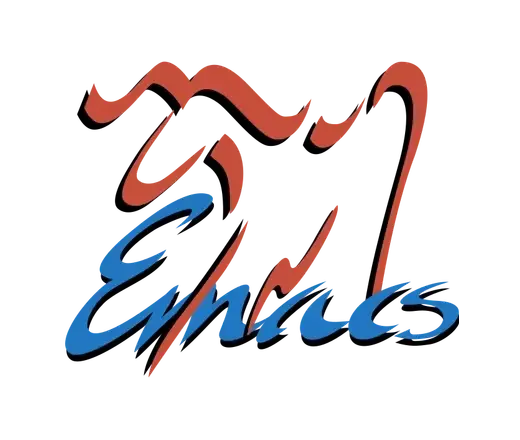Lots of critiques headed your way, so I’ll just say: well done. I hope your Vim friends use it and you therefore get to keep on Emacsing the way you want to, which is, of course, the Emacs way.
I wonder if that’s what Emacs is about, for me—getting to finally do things my own way all the time with no compromises, and getting to periodically re-evaluate what “my own way” should be. In other words, no compromises but… my own… personal… time…
Hmm.
Shit.


Even though Evil has this built in, I like the way this is incremental. I’ll give it a look, thanks for making it!